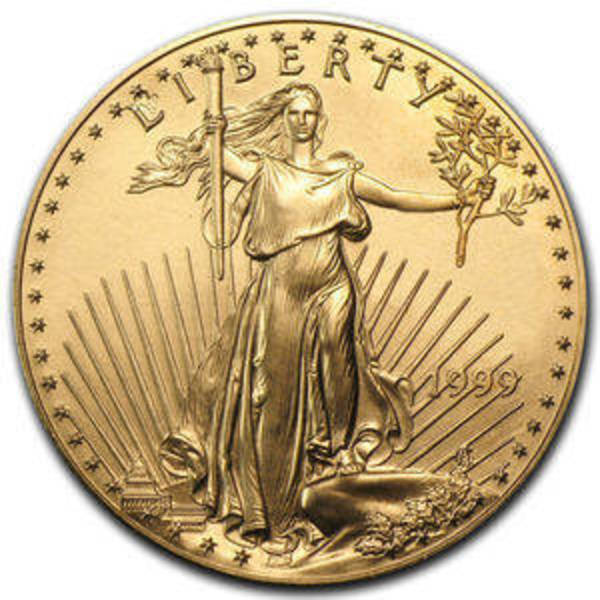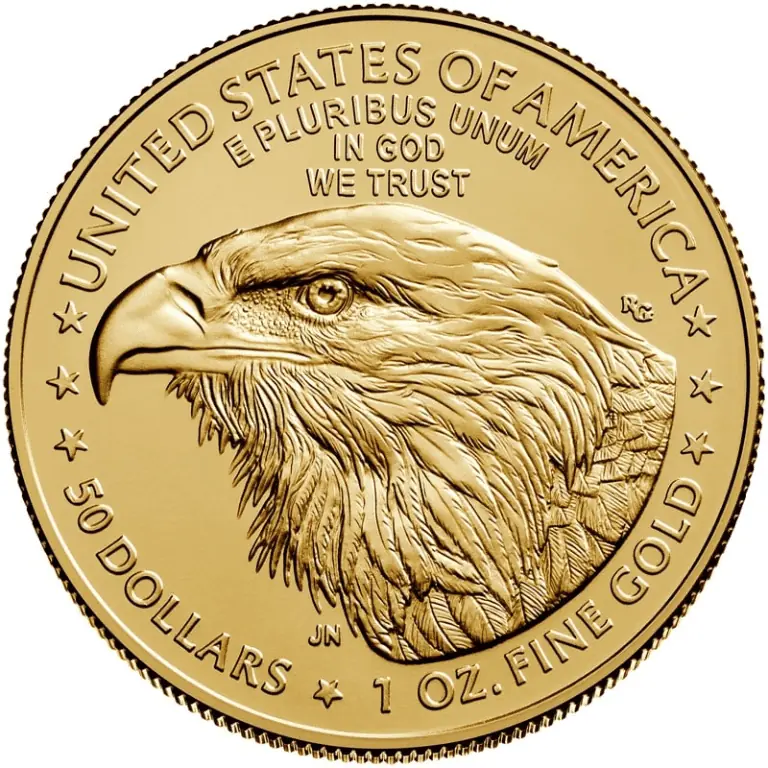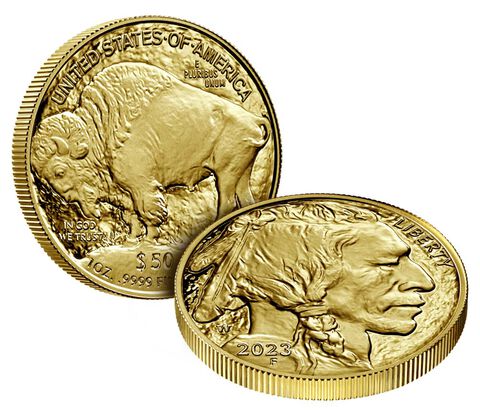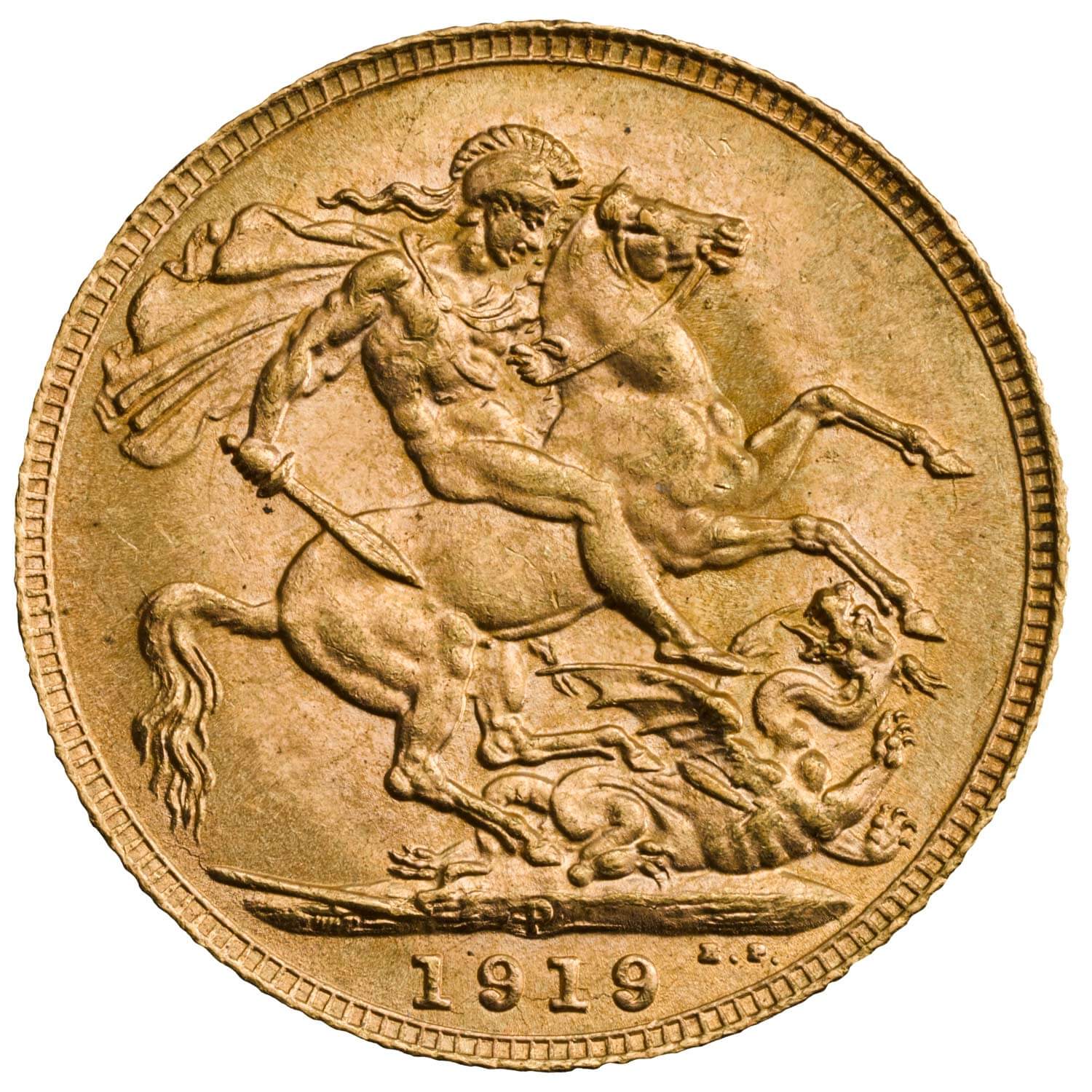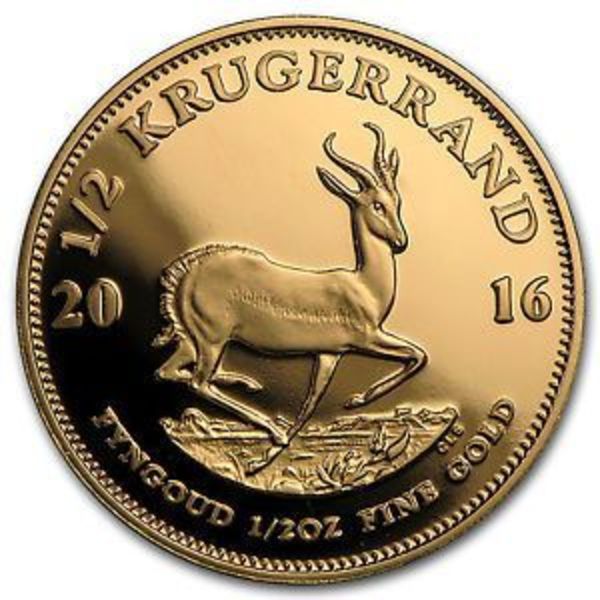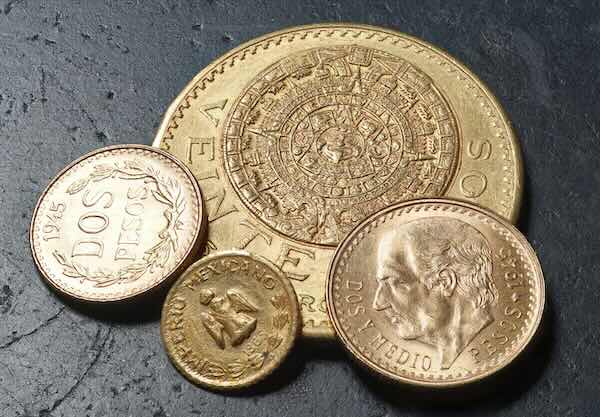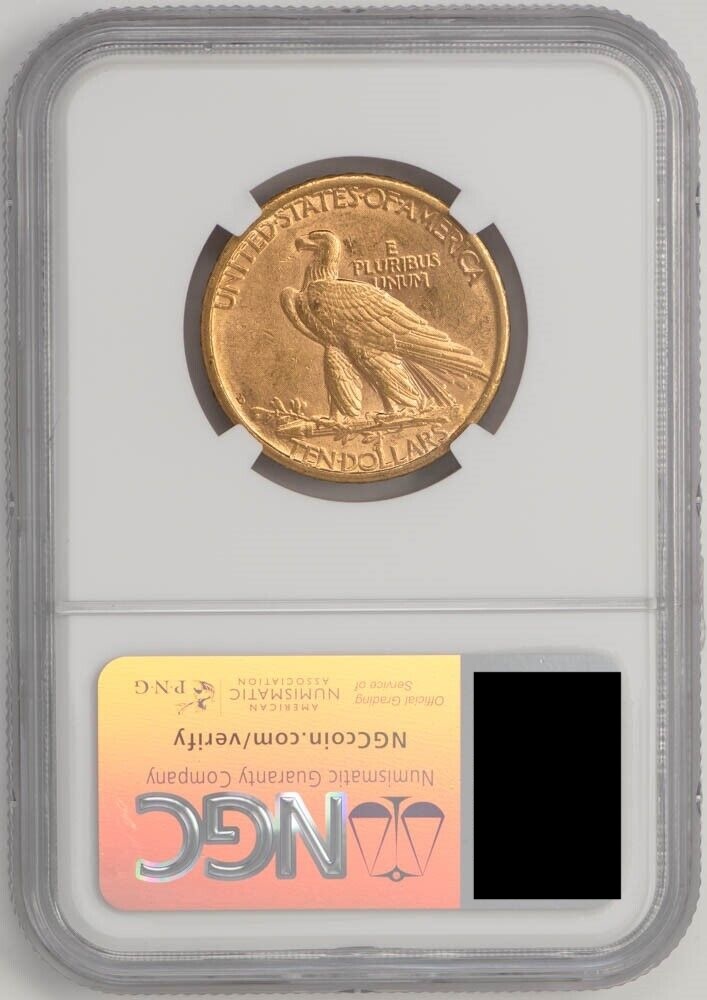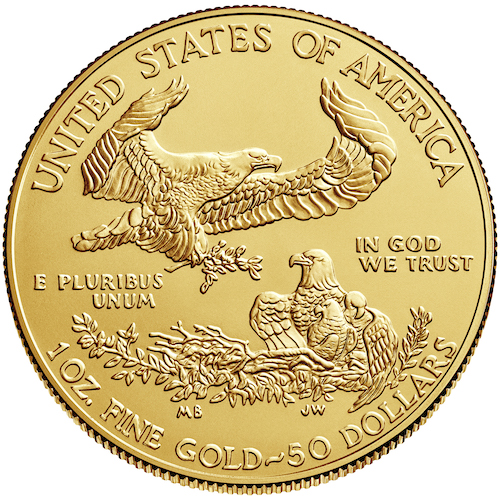Government-issued bullion coins provide investors a trusted value and wealth store.
Today, the U.S. Mint produces the Gold Eagle and Gold Buffalo, two of the most popular gold bullion coins for investment. Each has distinct features appealing to different types of investors and collectors.
The U.S. Mint’s responsibility for issuing investment-grade bullion coins began with the passage of the Gold Bullion Coin Act of 1985, which led to the creation of the American Eagle series in 1986.
American Gold Eagle
The American Gold Eagle was created by the Gold Bullion Coin Act of 1985 to provide a trusted investment vehicle for precious metals. The first Gold Eagle was released in 1986.
The 1 oz American Eagle coin contains one full troy ounce of gold. It is minted with 22k, or 91.67% gold, with the remainder comprised of a mix of silver and copper. The alloyed composition makes it more resistant to scratches and dents, making it ideal for handling and storage.
The obverse design features Lady Liberty holding a torch and olive branch. Augustus Saint-Gaudens created the design, and it was initially used on the $20 Saint-Gaudens Double Eagle from 1907 until 1933.
The reverse design of coins minted until the middle of 2001 depicts a family of eagles designed by Miley Busiek.
Partway through the 2021 mintage year, designer Jennie Norris created a new design featuring the head of a bald eagle.
Gold Eagle Premiums and Liquidity
Due to its 22k composition and broader availability, Gold Eagles typically carry a lower premium over the spot price of gold compared to the Gold Buffalo when buying.
The extensive minting history has made it a staple in the bullion market with investors, making it a very liquid asset. When selling, dealers often offer a slight premium above spot price during normal market conditions.
Approved for inclusion in Precious Metals IRAs.
American Gold Buffalo
The American Gold Buffalo was authorized by the Presidential $1 Coin Act of 2005, and the first issue was available in 2006.
Although newer, it quickly gained popularity with investors seeking the highest quality 24k gold coins.
The overall design is based on James Earle Fraser’s 1913 Buffalo Nickel. The obverse features a profile of a Native American chief.
The reverse depicts an American bison, which Fraser also designed.
Gold Buffalo Premiums and Liquidity
When buying a Gold Buffalo coin, it is common to find that these carry a higher premium over the spot price of gold due to its pure gold content, collectible design and lower annual mintages.
These coins are also highly recognized and traded in the secondary bullion markets, though slightly less liquid than the Gold Eagle due to its newer introduction. When selling to a bullion dealer or coin store, it is common to receive an offer that is priced slightly above melt value under normal market conditions.
Approved for inclusion in Precious Metals IRAs.
Major Differences
The American Gold Eagle and the American Gold Buffalo are excellent choices for gold investors and collectors, each with unique attributes.
Aside from the design, the primary difference between the coins is the purity of the gold.
While each contains a full one troy ounce of fine gold, due to the inclusion of copper and silver, the American Eagle is 22k gold, or 91.67%, with an overall weight of 1.0909 troy ounces.
The Gold Buffalo is a pure 24k gold coin. Pure gold is very soft and Gold Buffalos are very easy to scratch. The inclusion of other metals in the Gold Eagle provides durability.
Availability
The US Mint manufacturers bullion coins based on monthly sales demand. This just in time, mint on demand model, has become common in government minting operations as a way to keep manufacturing costs low.
The American Gold Eagle is more popular with investors due great awareness because of its long mintage history.
Monthly sales figures show that more investors buy American Gold Eagle coins, with an average of 18,000 coins for the 1 oz denomination, with even larger amounts in some of the fractional sizes such as the 1/10 oz and 1/4 oz coins.
Monthly sales figures for the American Gold Buffalo average around 14,500 coins.
While Costco often has limited inventory, both are readily available from online bullion dealers.
It is important to note that when shopping for gold coins, the dealer premiums on current year coins are typically higher than those in the secondary market, due to recent premium increases from the US Mint.
Ultimately, the choice between the two depends on individual preferences regarding purity, design, and investment goals. Whether you prefer the historical significance and durability of the Gold Eagle or the pure, high-quality gold of the Gold Buffalo, both coins represent a valuable addition to any investment portfolio.
